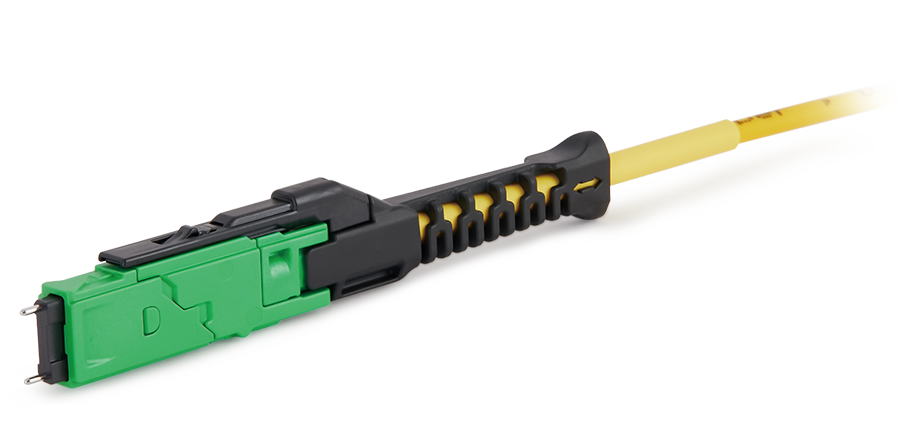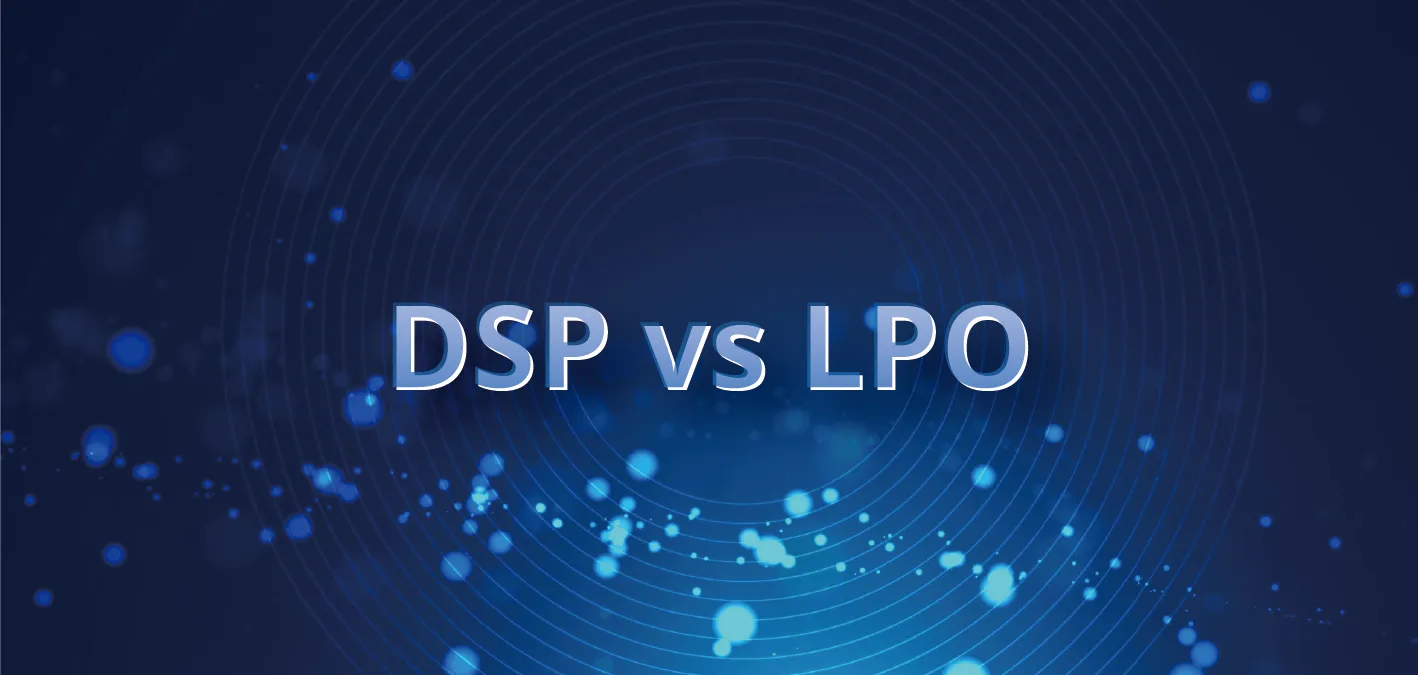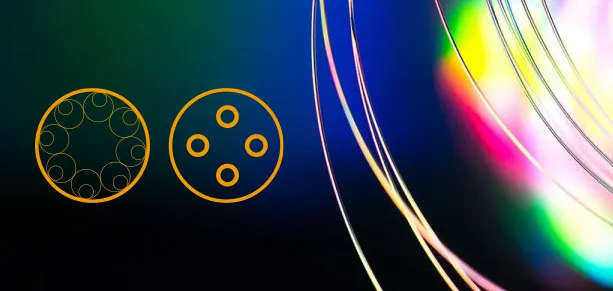In the rapidly evolving landscape of information technology, 5G applications, and data center upgrades, the demand for optical modules has surged. Notably, third-party modules have gained prominence, presenting new opportunities for the realms of 400G and 5G applications. This article explores the reasons behind the growing popularity of third-party optics, the current status, and trends in the third-party transceiver market, and the pivotal role they play in the landscape of data centers and 5G applications.
Rationale Behind the Surge in Popularity of Third-Party Optics
Initially met with skepticism regarding performance and compatibility in comparison to original equipment manufacturer (OEM) transceivers, third-party optics have undergone significant development and proven their quality over decades. In contrast to OEM transceivers, third-party alternatives offer substantial advantages, including cost-effectiveness, lifetime free upgrades, and compatibility with legacy OEM equipment, even after the end-of-sale of certain products.
Moreover, third-party optics providers extend better services without influencing OEM equipment warranties, as mandated by the Sherman Anti-Trust Act. In summary, third-party optics provide tested quality equivalent to OEM transceivers at a significantly lower cost, ensuring a lifetime warranty. Given these advantages, third-party transceivers have become an imperative choice in various networking scenarios.
Current Status and Trends of Third-Party Transceivers
The rise of third-party transceivers has led to the emergence of numerous vendors offering cost-effective solutions with comparable or superior quality and services to OEMs. According to Research Nester, a strategic market research provider, the global third-party transceiver market is anticipated to reach USD 1.3556 billion by 2027, reflecting substantial growth from USD 620.0 million in 2017, with a year-on-year growth rate of 8.18% in 2027 compared to the previous year.
The Role of Third-Party Optics in Data Center and 5G Applications
The thriving global third-party optical transceiver market is fueled by two primary market opportunities: the escalating demand for high-rate networks in the burgeoning 5G network and cloud solutions, and the ongoing data center upgrades, particularly the transition to 400G.
Amid the uncertainties surrounding the basic infrastructure of 5G, third-party vendors provide cost-effective modules such as 10G WDM SFP+, 25G DWDM, and 100G qsfp28 fiber cable, mitigating risks associated with potential module abandonment. Additionally, as data center traffic intensifies, the demand for high transmission rate transceivers, typically exceeding 100G, rises. Third-party vendors contribute to this demand by offering 25G/40G/100G transceivers with comparable performance to OEM modules.
Despite the opportunities, challenges persist. Quality assurance remains a significant concern, especially among smaller third-party module vendors lacking qualified technical teams and testing equipment, particularly for newly released versions like 400G transceivers. Furthermore, some OEMs caution against the use of third-party optical transceivers, necessitating third-party vendors to demonstrate quality and reliability continually.
In conclusion, while challenges exist, the advantages offered by third-party transceivers, including cost reduction and enhanced services, make them a compelling choice. As the industry navigates the complexities of new technologies and applications like 5G, entering the third-party realm presents a worthwhile opportunity, provided careful consideration is given to the quality assurance measures undertaken by vendors.

 Fiber Optic Flex Circuit (FOFC)
Advanced Simulation & Optimization, High Positioning Accuracy, Flexible Customization, Rigorous Reliability Testing
Fiber Optic Flex Circuit (FOFC)
Advanced Simulation & Optimization, High Positioning Accuracy, Flexible Customization, Rigorous Reliability Testing MDC Solution
US Conec's MDC connector is a Very Small Form Factor (VSFF) duplex optical connector, expertly designed for terminating single-mode and multimode fiber cables with diameters up to 2.0mm.
MDC Solution
US Conec's MDC connector is a Very Small Form Factor (VSFF) duplex optical connector, expertly designed for terminating single-mode and multimode fiber cables with diameters up to 2.0mm. MMC Solution
US Conec's Very Small Form Factor (VSFF) multi-fiber optical connector that redefines high-density connectivity with its cutting-edge TMT ferrule technology and intuitive Direct-Conec™ push-pull boot design.
MMC Solution
US Conec's Very Small Form Factor (VSFF) multi-fiber optical connector that redefines high-density connectivity with its cutting-edge TMT ferrule technology and intuitive Direct-Conec™ push-pull boot design. EN
EN
 jp
jp  fr
fr  es
es  it
it  ru
ru  pt
pt  ar
ar  el
el  nl
nl 



_and_High-Reflection_(HR)_Optical_Coatings.webp)
